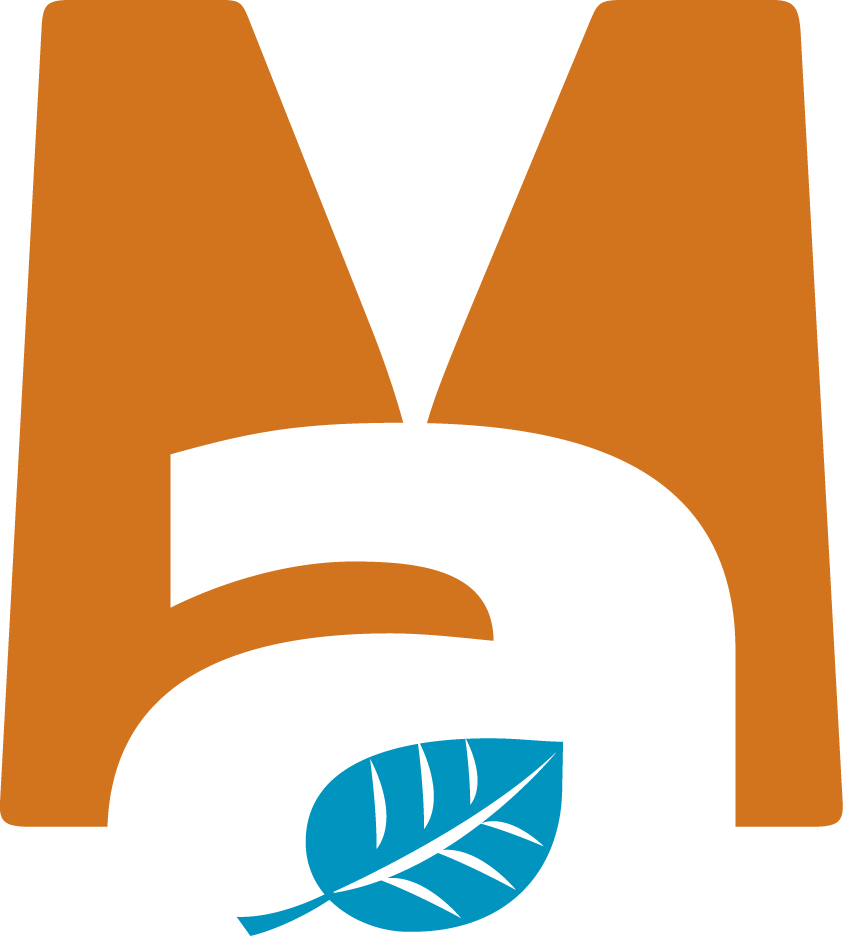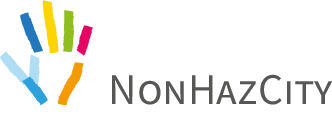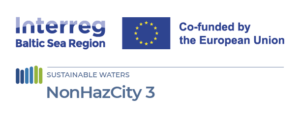
About Us
We rarely think about it, but everyone is continuously exposed to a high variety of chemicals. They are contained for example in our toothpaste, shampoo, clothing, kitchenware, furniture and even children’s toys. Some of these chemicals may be hazardous and could cause damage to our health or the environment. We can avoid or reduce the risk of being harmed by hazardous substances if we make good choices on the everyday products we use. We have the power to change the market demand by making better choices and exert pressure on companies manufacturing these products.
This website presents findings and publications from three projects funded by the European Commission. Here you can find:
a general overview of the health and environmental problems related to the use of hazardous substances;
information about which hazardous chemicals can be found in different everyday products;
advice on how to find safer alternatives and minimize the exposure from hazardous chemicals.
The Interreg projects NonHazCity phase 1 (2016 – 2019) and phase 2 (2019 – 2021) aimed to demonstrate possibilities to reduce emissions of hazardous substances to the Baltic Sea at the source. The main focus was on emissions from small scale emitters in urban areas e.g. private households, municipal entities, and businesses. The activities of the project included contributing to the development of Chemicals Action Plans for cities, information campaigns and trainings for different stakeholders including raising awareness of the inhabitants of the partner cities. NonHazCity has reached more than 15 000 inhabitants face-to-face in its events and almost 1 000 000 persons by its social media campaigns.
Their predecessor project LIFE BaltInfoHaz (2011-2015) aimed to raise awareness on the issue of hazardous substances, to contribute to making informed choices and to motivate all users of this information to increase pressure on the manufactures of these products.
European Union’s LIFE+ Information and Communication programme
Latvian Ministry of Environmental Protection and Regional Development


